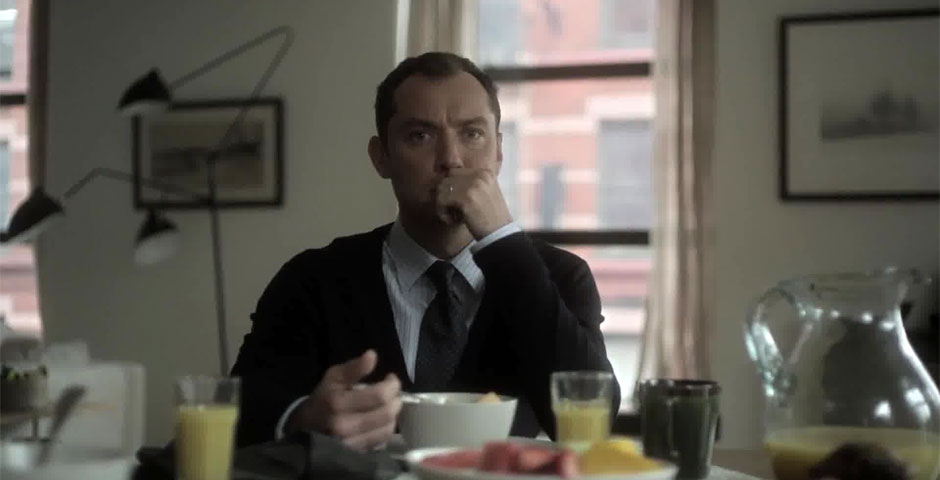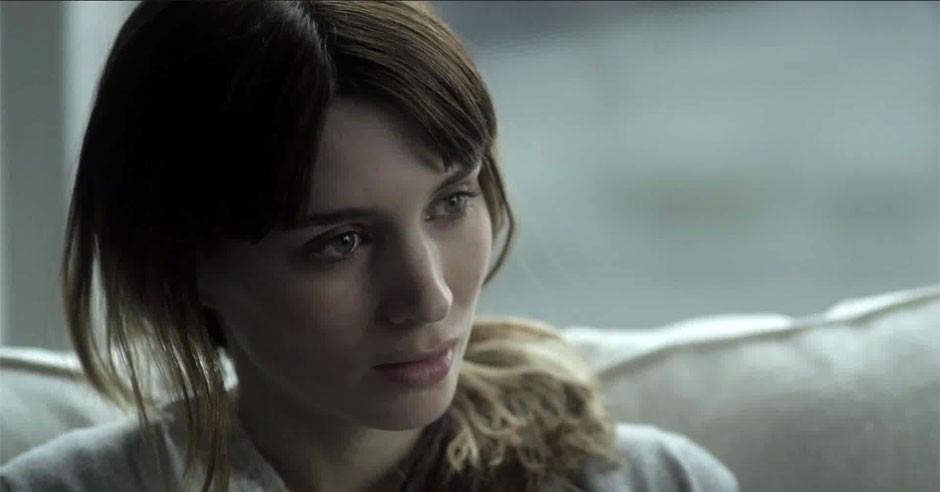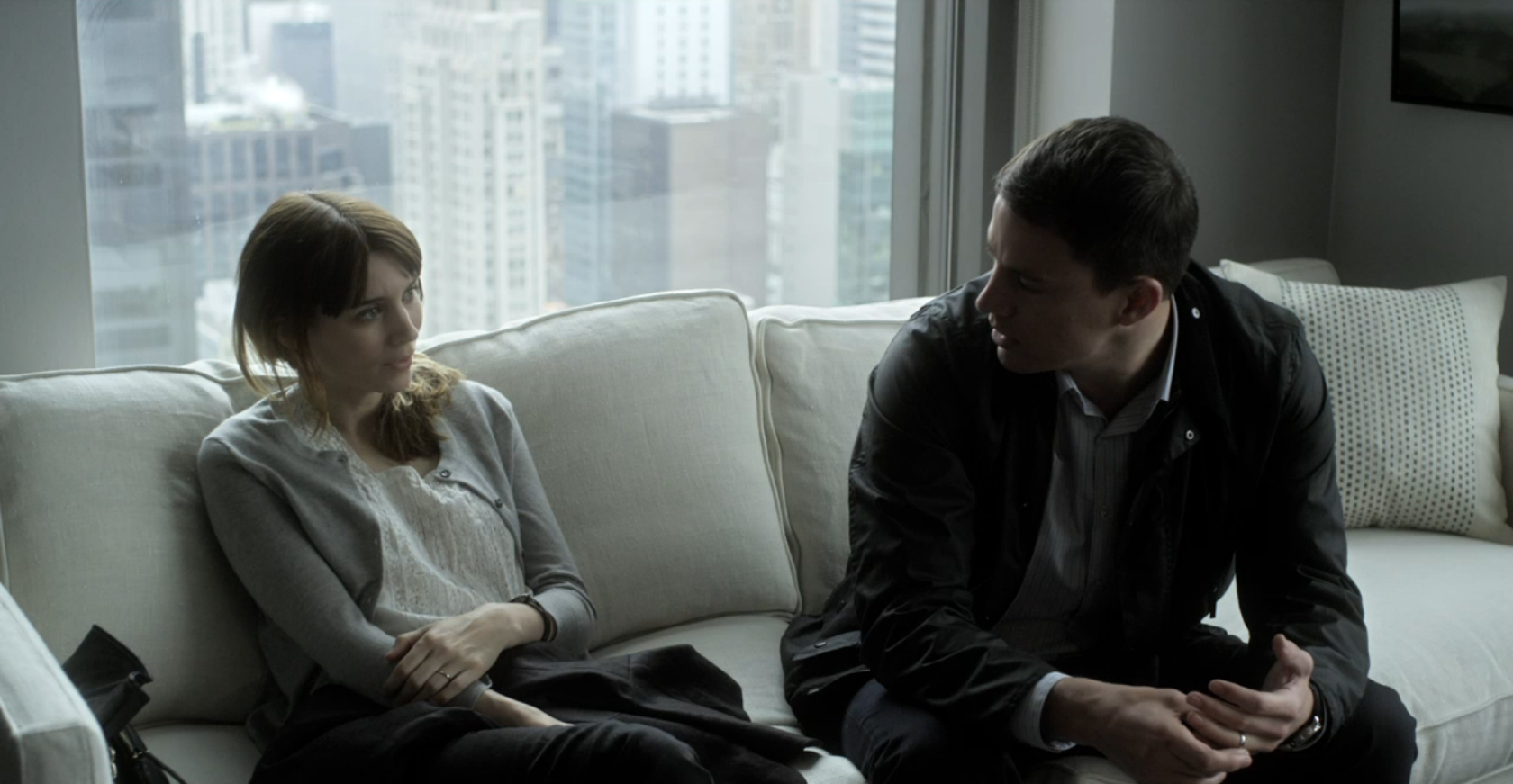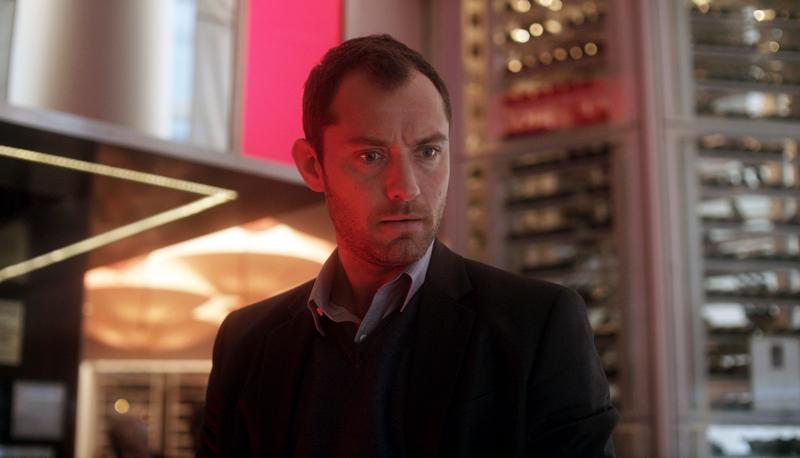Side Effects

As a
director Steven Soderbergh has enjoyed surprising us. He is one of the
most diverse filmmakers working today, having made small independent and
highly experimental films, stylish and intelligent thrillers, but also
less ambitious production line blockbusters. He understands the
technical components of cinema as knowledgably as any filmmaker, opting
to trial unique stylistic and formal techniques.
Some of
his films have been far more successful than others, but regardless I
admire that he is a director who refuses to conform and is willing to
take risks. Isn't it concerning then that a filmmaker who can make their
own artistic choices in the face of a dominant studio system is now
considering retirement or an extensive break? Side Effects
wouldn't be a disastrous project to end his career on, but rather a
minor footnote that shows glimpses of the director's best qualities.

One of
these assets retained here is Soderbergh's ability to direct actors. He
draws out two strong lead performances, which both thrive from some
gasping moments of tension and drama. But Scott Z. Burns' script has
convoluted plot twists and deep strains of credibility that soften the
film's impact.
Emily
(Rooney Mara) is a young woman welcoming the release of her husband
Martin (Channing Tatum) after a four year stint in prison. He is set
free after his involvement with a crime related to insider trading.
Emily seems unhappy that Martin is already talking about a new
investment deal. Slipping into a depressive state, Emily enters her car
and then drives it straight into a brick wall.

Despite
only minor injuries, Dr. Jonathan Banks (Jude Law) insists on keeping
Emily in hospital so that he can treat her depression. When she fails to
respond to antidepressants Banks seeks help from Emily's former
psychiatrist Dr. Victoria Siebert (Catherine Zeta-Jones), who suggests
using an experimental drug named Ablixa. The drug causes Emily to start
sleep walking and she enters into some disturbing behavior that has her
in trouble with the law.
Soderbergh
has a stylistic repertoire that allows him to construct visual
representations of mental illness but also actions devoid of personal
intention. "Depression is the inability to construct a future," we're
told. Soderbergh's directional choices are highly persuasive of this
nihilistic idea, manipulating us through the tight framing the faces of
his actors, while simultaneously blurring the backdrops around them.

These
close-up shots successfully provide Rooney Mara with the time to express
the physicality and twitchy mindset within her character with great
conviction. By focusing on the faces on the actors, the thematic
implication is that there is nothing but the conflicted emotional
headspace of the characters, with Emily withdrawing her personal
responsibility by not having control over her emotions, and supposedly
any deliberateness in her actions.
As the
film's cinematographer, using his alias name Peter Andrews, Soderbergh
has also been particular with colour schemes and filters, using them to
deconstruct consciousness and intent. Filming within constricted offices
spaces and apartments, he relies on white and grey tones and colour
desaturation to harnesses the seemingly emotionless state of Emily's
mind. She describes herself as having as having a "poisonous fog bank
rolling into my mind", and the highly sterilized, bleak look of this
film creates a visual artifice, reflecting how removed she appears to be
of feelings and consciousness.

The
influence of consciousness is imperative to the narrative's ideology as
much as the visual design. It is described as being able to provide
context for meaning and actions. Before and after the film's twist, this
raises some genuinely interesting questions: without consciousness how
can one prove intent? Would Banks for example have treated Emily
differently if she wasn't a woman? Is Emily's crime free from conviction
because she was sleep walking and therefore unaware of her actions?
The
repercussion of these questions is found in the collapse of Jude Law's
character and his personal life. The tension is raised as he becomes
emotionally fragile, with his marriage collapsing, but also suspicions
about his past with another patient. The obsessive characteristics that
Jude Law provides show that he is capable of being a believably affected
and tormented character actor. Watching him eventually claw back his
life and unravel the mystery using his resources and intelligence
becomes thrilling in parts.

However,
late in the film the plotting becomes needlessly heavy and the twist
which directs the back-end of the film is explained so neatly that I
wanted to resist its convenience. Knowing the film's revelation also
dilutes the moral complexity of those questions about consciousness and
intent in more conventional methods of the thriller genre. But when the
performances and the visuals are this rich and brimming with meaning it
reminds you of Soderbergh's best qualities as a director. He's capable
of better films but he would still be a great loss to this industry.
Special
Features